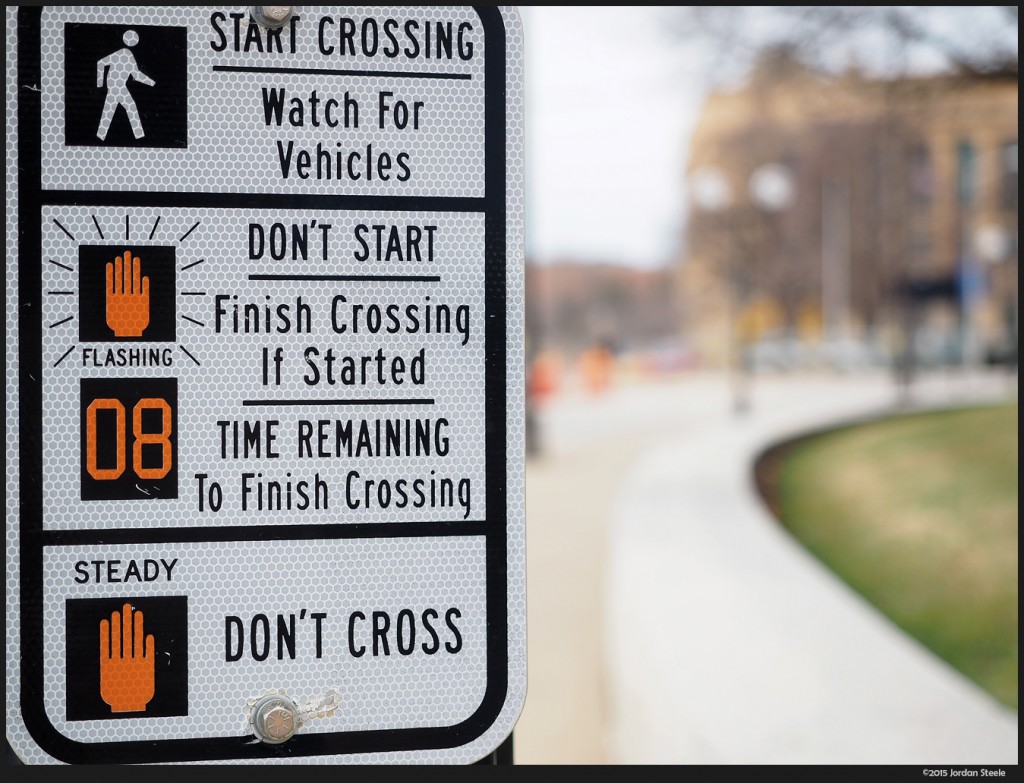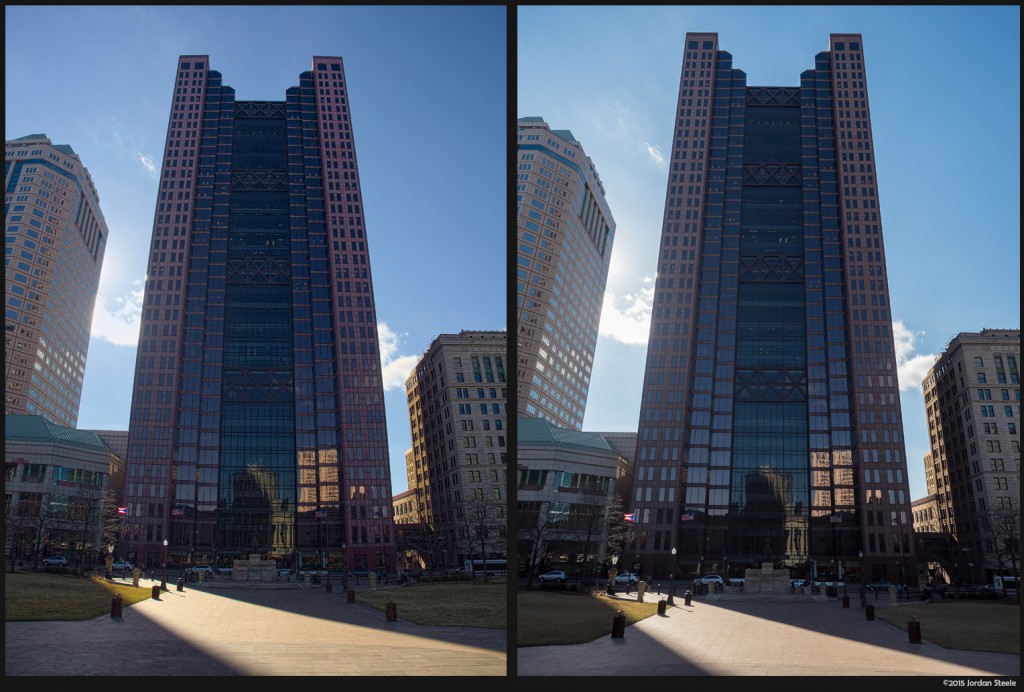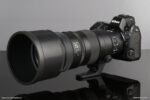Image Quality
When a lens has the word “PRO” in its official designation, hopes are very high for outstanding optical performance. Thankfully, the 12-40mm f/2.8 PRO lives up to those expectations.

Sharpness
The Olympus 12-40mm f/2.8 is a very sharp lens, and that includes performance throughout the focal range, and even at wide apertures. The center of the image is very sharp right from f/2.8 at any point in the zoom range. The borders are a bit softer, but are still very good. Stopping down a stop or two increases sharpness across the frame, from wide-angle to telephoto.
With the E-M5 Mark II, I was also able to test the extremes of resolution with the 12-40mm due to the High Resolution mode of that camera. Good sharpness was maintained across the frame in the 40 Megapixel mode, though the 64 MP RAW files only show limited improvement with this lens. Still, if you’re looking for a versatile lens to take advantage of this feature, the 12-40mm is a good candidate.
Thankfully, the lens is as strong at infinity as it is when focusing closer, with only the very closest focusing distances showing a slightly softer image at f/2.8. While the lens doesn’t reach true macro-lens levels of magnification, it does a darn good impression of one with its extremely close focusing capabilities. The 12-40mm f/2.8 is capable of 0.3x magnification, which is about as good as one can get from a standard zoom. Stopping down to f/5.6 or so is a good idea when focusing this close, as it brings sharpness back up, and adds needed depth of field for such close shooting.
Bokeh
With a fast f/2.8 aperture, the 12-40mm f/2.8 PRO can produce nicely blurred backgrounds at the long end of the zoom range, or at closer magnifications. Overall, the lens performs very well in this department, with smoothly rendered backgrounds and evenly illuminated specular highlight discs in out of focus areas. While you certainly won’t mistake the lens for something like the Olympus 75mm f/1.8 in this area, the performance is great for a standard zoom lens.

Contrast, Color and Chromatic Aberration
The 12-40mm f/2.8 features nice strong contrast at all apertures, without being overly bold. Color response is quite good and rich accurate colors pop without the need for excessive post processing.
Unfortunately, in the area of chromatic aberration, the 12-40mm stumbles a bit. The lens produces visible lateral chromatic aberration in the form of cyan and magenta fringing, especially at the edges of the frame, throughout the zoom range. CA is highest at the wide-angle settings. CA can be corrected with post-processing tools and is managed in-camera when shooting JPEGs, but it will result in some minor loss of accutance vs. a better corrected lens.
Distortion, Flare and Vignetting
With regards to distortion, the 12-40mm requires a caveat. The lens has virtually no visible distortions throughout the range, if you are looking at JPEG images or utilizing a RAW converter that reads the built-in distortion profiles, such as Lightroom. However, if you shoot RAW and use a converter that doesn’t read this profile, you can see that the lens has dramatic barrel distortion at the wide end of the zoom range (and a notably wider field of view).
Before Adobe Camera RAW was updated for the E-M5 Mark II, I was processing RAW files in PhotoNinja. Immediately, it became apparent that the lens uses software correction to achieve the final field of view and low distortion at the wide end of the zoom range. However, given the very high image sharpness, even at the edges, in the corrected images, I don’t view it as a very big deal. To see the difference in field of view and distortion, see the shot below, showing the same RAW file at 12mm processed in Photo Ninja, which has no distortion profile, and Adobe Camera RAW, which automatically corrects for the distortion. The uncorrected version has a notably wider field of view, but also pronounced barrel distortion.

The 12-40mm performs very well with regards to vignetting, with minimal light falloff at wide apertures, and essentially zero stopped down a bit. The lens is prone to flare in the right circumstances, but it’s not a bad performance in this area. If the sun is placed off-center in the frame, large purple and green ghosts can occur, though loss of contrast is less than with many other lenses. It certainly does a nicer job with regards to flare resistance than the Panasonic 12-35mm f/2.8, which suffered from terrible flare with the sun in the frame.





Leave a Reply